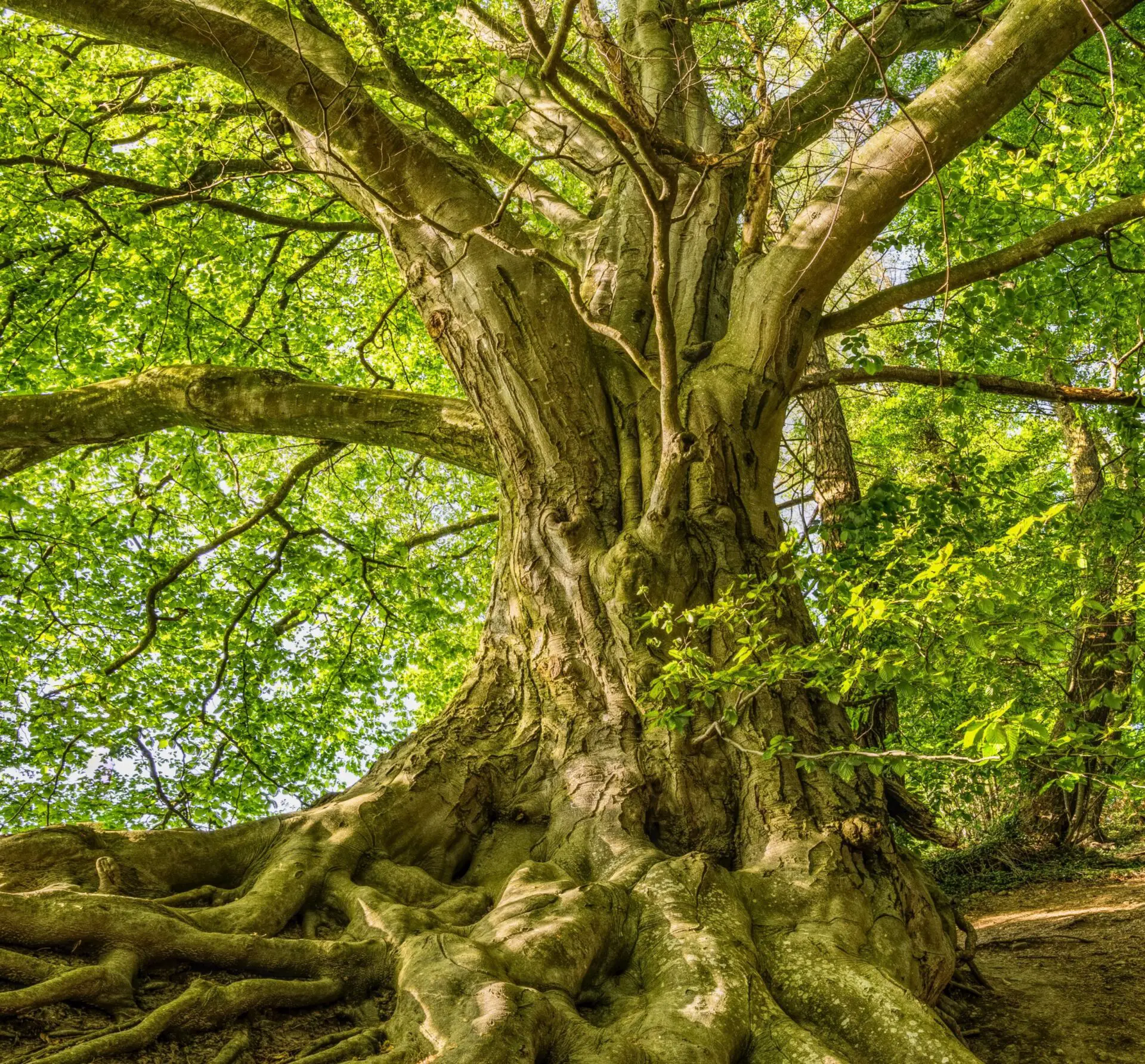Can we leverage mother nature to facilitate our dowsing process? Yes, absolutely!
In this post, we’ll cover how we can use the presence of certain trees to help us mapping out a field & increasing our chance of succeeding in divining underground water.
- Explore Copper Dowsing Rods => here
- Click Here for => Dowsing Boards
- 500 years of dowsing => Get The Book Here
Which trees indicate underground water?
There are a few trees that are useful in indicating underground water. These include the ash, the alder, the willow and the poplar. These trees generally grow in freshwater aquifers where the water table depth is not more than ten meters. They are found in riparian ecosystems and areas characterized by shallow groundwater, such as bottomlands.
The trees that are most useful in dowsing for water have taproots that grow deep into the ground, which allows them to access groundwater reserves. The roots of these trees are often found in areas with high concentrations of minerals and nutrients, which helps the trees to grow tall and strong.
Taking advantage of the tree’s presence
When dowsing for water, it is important to look for the types of trees we mentioned above. If you find a tree that has a strong taproot system, it is likely that there is water underground.
You can then use a divining rod or stick to help you locate the water sources. Once you have found a tree that seems to be indicating water, you can mark the location on a map so that you can use it as a starting point for your dowsing activities.
While trees can be helpful in finding water, it is important to remember that they are not always accurate. If you are unsure whether or not a tree is indicating water, it is best to consult with a professional dowser.
Up until now, we’ve talked about trees on the ground or field: but what about the actual trees & woods that can be used as rods themselves?
What tree is used for water divining?
There are many types of trees used for water dowsing. Some common trees include hazel, willow or peach trees. To use them as rods, the dowser holds the twig by the single branch while the Y portion points forward. The dowser then walks around until they feel a pull on the twig, indicating that they have found water.
- Explore Copper Dowsing Rods => here
- Click Here for => Dowsing Boards
- 500 years of dowsing => Get The Book Here
In conclusion, the content above provides information on the many types of trees that can be used for dowsing. While some trees are better than others for this purpose, any tree can be used to get started. Dowsing is a great way to connect with nature and the trees that grow around us are a wonderful place to start.

